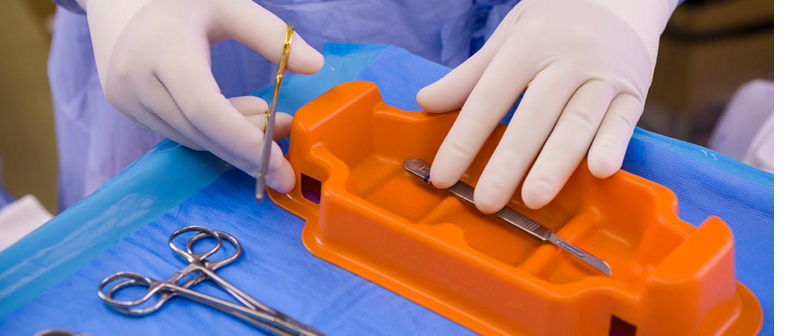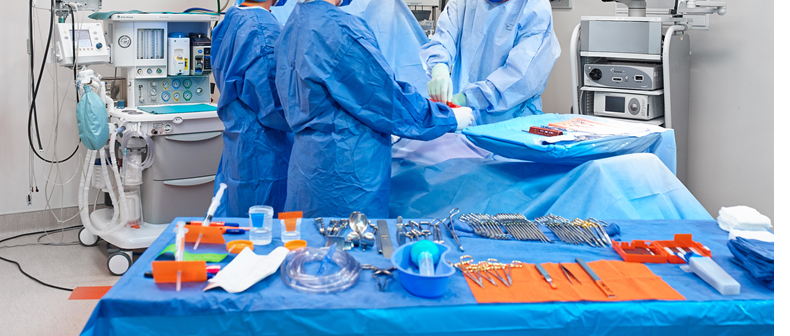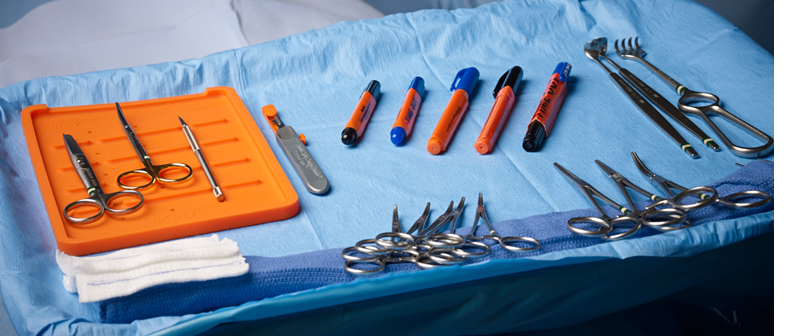According to the Centers for Disease Control and Prevention (CDC), each year in the U.S. approximately 385,000 sharps-related injuries are sustained by hospital-based personnel.1 Up to 70% of nurses and doctors have experienced a needlestick or sharp injury, with nearly 44% occurring in the operating room and almost 24% occurring in a patient or exam room.2 Watch Victoria Tyde, BSN, RN, CNOR, Former OR Manager, present "A Manager's View on Championing Safety in the Surgical Environment." The top 3 most frequent devices causing injury include: There are many ways to prevent sharps injuries: double gloving, using correct technique, creating a neutral zone, and using alternative engineering control methods.3 Review SANDEL® HEALTHCARE SAFETY SOLUTIONS product offers.





